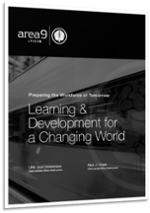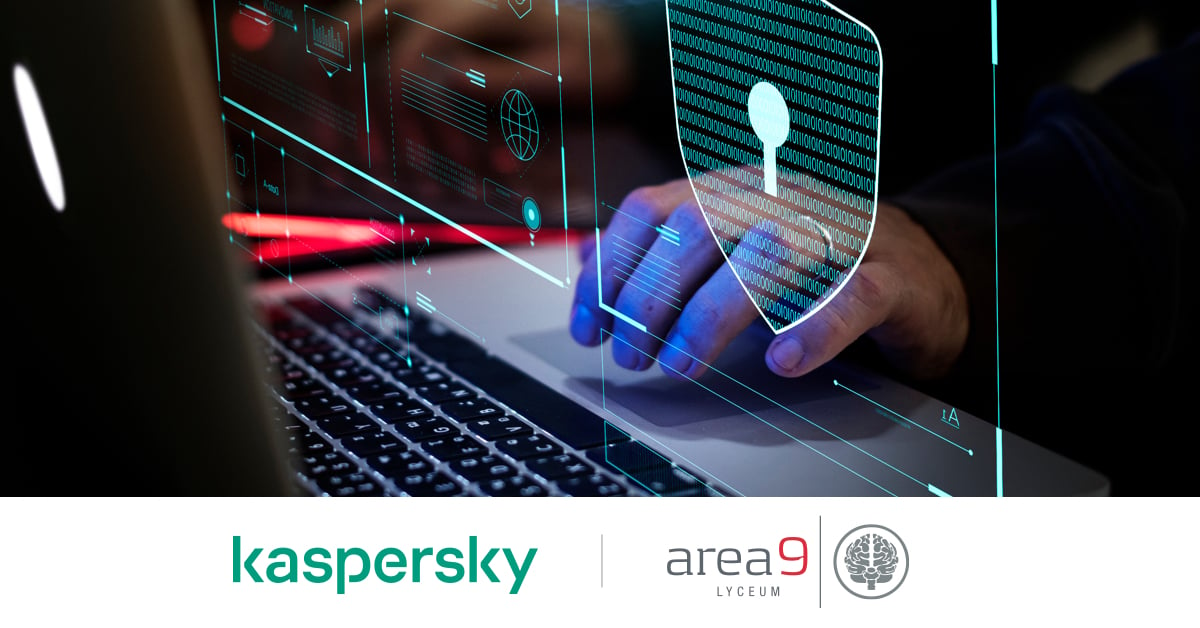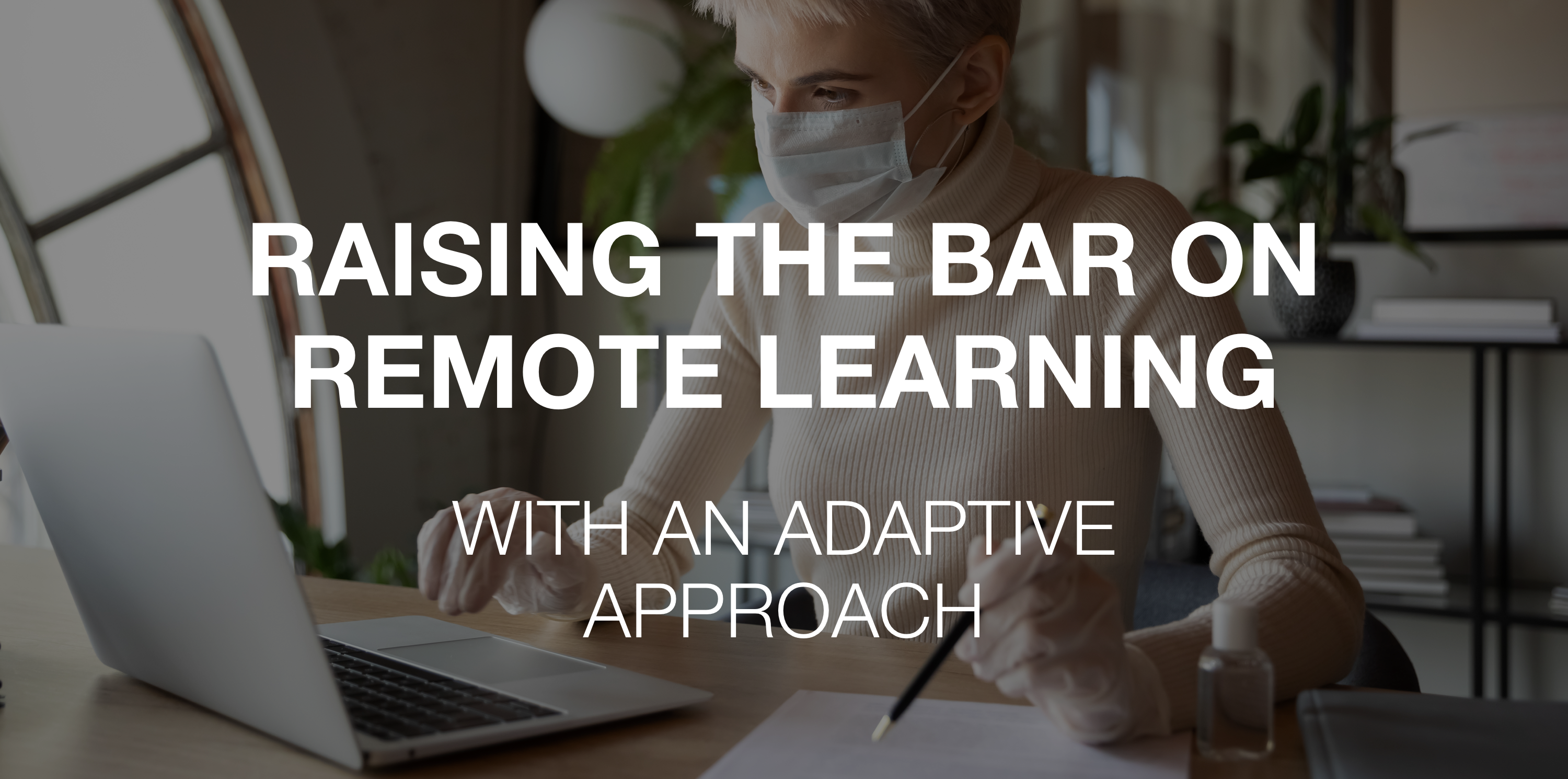Pursuing the ‘Holy Grail’ of Metrics and Measurement in Corporate e-Learning
For chief learning officers (CLOs), the Holy Grail of learning and development (L&D) is driving behavioral change aligned with business strategy. Key to this quest is obtaining evidence that L&D actions are making a difference; ideally, “leading indicators” of behavioral change, for example that interventions are actually helping people learn.
The result will be a more convincing business case for corporate L&D, with a more relevant measure of return on investment (ROI) than merely taking attendance at a training course. Indeed, having a clear ROI for corporate learning strategies is more important than ever, given the inefficiencies that bog down traditional L&D approaches.
Proving the value of corporate e-learning requires more and better metrics. Fortunately, data-driven insights are no-cost “byproducts” of taking a personalized, adaptive learning approach to corporate e-learning.
Adaptive learning, as a software-enabled teaching approach, is inherently personalized—able to determine what each individual learner already knows and provide additional support where he/she has significant gaps. Adaptive e-learning has been shown to deliver consistently on producing outcomes for learners at all levels.
As advanced adaptive learning systems are used, they produce large amounts of data about learner performance and experience. This data can level-set where employees are in their knowledge and skills. In addition, this data can be used on an ongoing basis to further individualize the learning experience and refine the learning curriculum for greater effectiveness.
Improving Competence, Efficiency
One gamechanger with adaptive learning is efficiency, which also contributes to ROI. By using a “teaching-by-asking” approach, adaptive learning enables individuals to spend time only on those areas in which they need development. In plain words, the system allows learners to skip over what they have already mastered and focus time and attention on where they struggle and need more support, or on new knowledge and skill development. Among early adopters of adaptive learning, time savings of as much as 50% compared to traditional e-learning or instructor-led training are common. With greater efficiency in gaining knowledge and skill mastery, learners can return to their jobs faster than with traditional e-learning or classroom instruction.
Personalized adaptive learning also addresses the even bigger danger that can occur with traditional e-learning, when employees assume that, just because they completed an e-course or sat through a training session, they possess certain skills or knowledge, but they do not. This problem of “unconscious incompetence” can occur in as much as 20-40% of areas critical to job performance, resulting in problems from customer dissatisfaction to more serious product quality and safety issues.
with traditional e-learning, when employees assume that, just because they completed an e-course or sat through a training session, they possess certain skills or knowledge, but they do not. This problem of “unconscious incompetence” can occur in as much as 20-40% of areas critical to job performance, resulting in problems from customer dissatisfaction to more serious product quality and safety issues.
Adaptive learning also allows for continual self-assessment, which builds confidence among learners. This is accomplished by asking learners to rate how well they know a piece of content and how confident they are in their answer before the correct answer is revealed or task is performed. When learners are more confident in what they’ve learned, it stands to reason that they would be more likely to put their knowledge and skills into action on the job.
Measuring Success: Building the Business Case for L&D
Measuring learning outcomes requires a systematic approach, such as the Kirkpatrick Model. Kirkpatrick Level 4 (business impact) is notoriously difficult to measure because of the wide time separation between intervention and impact, with many non-learning related variables that potentially contribute to the outcomes. This complicates building a business case for corporate L&D at Level 4, since the cause and effect can become very nebulous.
A classic example is sales training. If sales increase over time, the L&D team might claim the victory; in their view, the sales team became more effective because they received training. But the sales manager could just as easily claim that better coaching was the real reason. When the sales cycle is long, it can take 12 months between the initial contact with the customer and close of the sale. But without a clear link between the “cause” of training and the “effect” of improved performance, ROI is a moving target at best.
Difficulty in measuring the cause and effect should not dissuade CLOs from making the effort. Kirkpatrick Level 2—did learners acquire new knowledge or develop skills—is a first and significant step forward in measuring outcomes; it is unlikely that learners will implement new behaviors if they don’t remember what they’ve been taught! The differentiator among CLOs will be the ability to use the advanced analytics inherent in adaptive learning systems to show learner outcomes.
Measuring and metrics are the only ways CLOs can present a convincing ROI for corporate learning strategies. By using an adaptive learning platform that measures data while instructing, a clearer metric for learning can be established.
Download our latest white paper
Preparing the Workforce of Tomorrow - Learning & Development for a Changing World
Nick Howe is the Chief Learning Officer at Area9 Lyceum.
You can reach him at nick.howe@area9.dk









